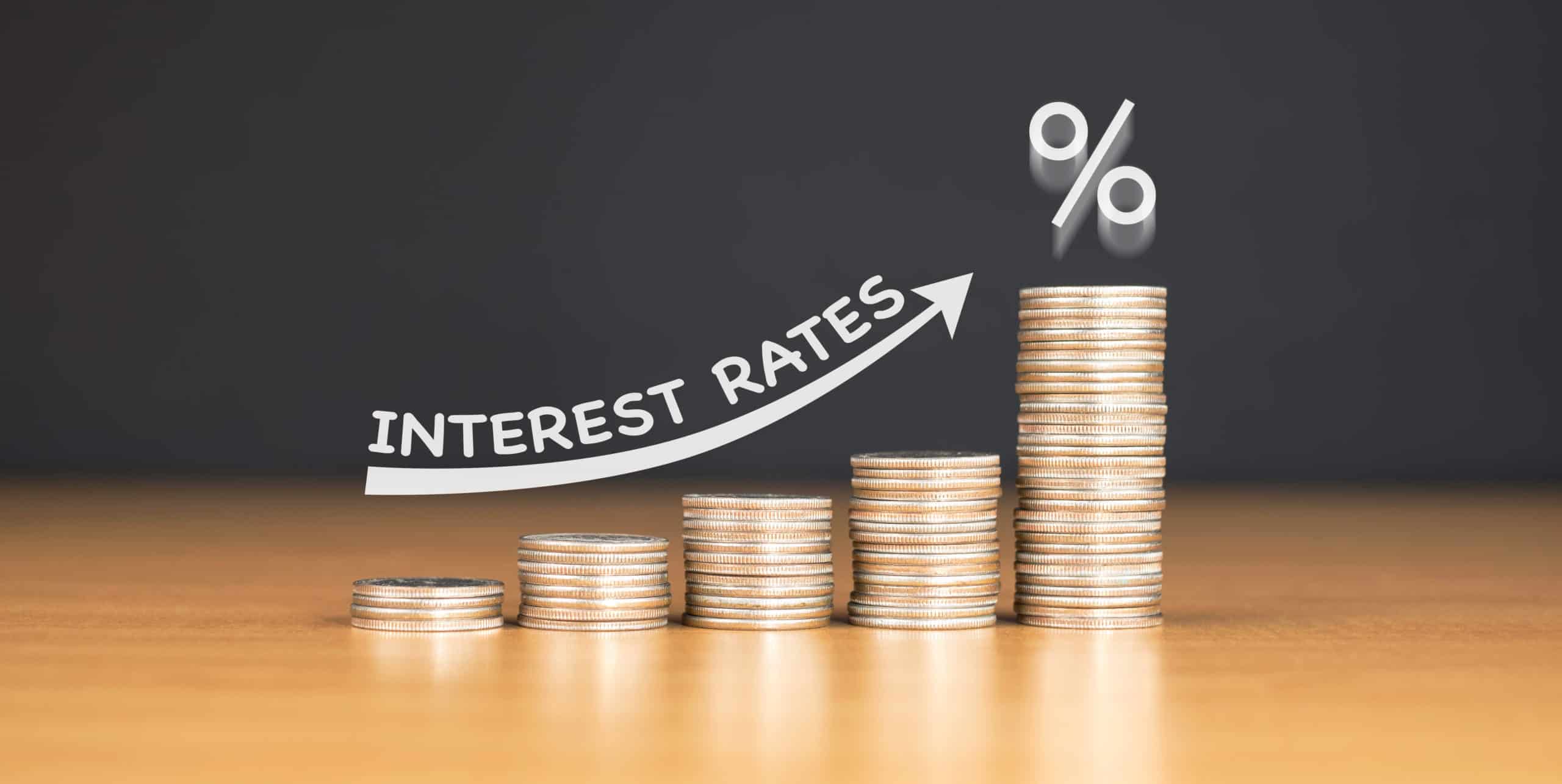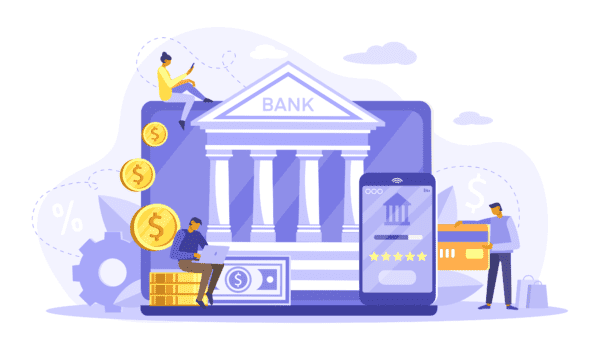Do you need substantial money to rent a house, pay college fees, or realize your project ideas? The chances are you will meet the concept of interest somewhere at the beginning of these processes. Read on to find out about interest rates.
A day ago, European Central Bank (ECB) increased interest rates by 0.5% as the inflation in the eurozone rose to 8.6% last month. This was the first increase by the ECB since 2011. What made the central banking authority take this step?
Before thinking about why banks manipulate interest rates, let’s see what the interest is. A brief explanation is that interest means charging somebody a fee for the borrowed money – commonly referred to as the cost of debt or the price of money. Here is a simple example: person A needs money for constructing his house and asks a bank for $10.000 and agrees to pay in one year; the bank requires an additional 6% of the initially borrowed money in response. As a result, at the end of the year, person A must pay an additional $600 to the bank as interest. Formally, interest rates determine the amount of total interest, which is the percentage of the used capital for charging the borrowers by lenders.
Origins
The history of interest goes back to Mesopotamia, around 3000 BC, when the “food money“ concept existed. Until the 2nd millennium BC, some laws were already in place to negotiate the interest. It did not take us – human beings – long to realize that interest rates were an integral part of lender-borrower relationships.
For a certain period, the practice of charging interest was not acceptable according to the Jewish, Catholic Church, and Islamic laws. In some of these religions, interest was thought about as ‘double charging’ and, therefore, not something fair. However, starting from the Middle Ages, it was used in some special cases, such as bad harvesting because of natural disasters, fire, and mass animal poisoning.
Today, the extent of the interest rate is much different than what it was before. For example, in ancient times, it was would not be a shock to have rates above 20%. It would be today. Since today’s economy is highly complex, and we have banks playing the role of lenders, it is important to understand how interest rates are manipulated and that it affects the whole economy together with all the players in it.
Determining interest rate
Usually, the main factor influencing the interest rates charged by the banks is the economic situation in a country. After assessing the economic state of play, a country’s central bank establishes the interest rates at which other banks lend money to each other. Accordingly, all the other banks use this benchmark rate set by the central bank to determine the rate at which they offer consumer loans (i.e., Annual Percentage Rate – APR). When central banks increase the interest rates, it results in less willingness of people to borrow due to the higher cost of debt. Subsequently, consumer demand is lowered, and the economy slows down.
Another case when a higher interest rate can be determined by banks is when inflation rises. To contain such situations, as ECB attempts to do currently, banks increase the cost of borrowing, which leads consumers to prefer saving rather than spending. Similarly, investors avoid investing in stock markets because of lower returns – they save too. It means businesses have less access to capital through capital markets, resulting in an economic depression.

Lower interest rates, on the other hand, stimulate spending, investing, and business activities, causing an economic expansion. However, in the longer term, low-interest rates bring about excessive demand and give rise to inflation. This signals a need for central banks to increase the interest rates again.
Types of Interest: Simple vs Compound Interest Rates
Interest rates charged by the banks may be simple or compound depending on what is the loan agreement. A simple interest rate uses a straightforward formula to calculate what a borrower owes to a lender at the end of each year. It is calculated by finding the percentage of the principle – initially borrowed money. For example, if you were to take $10.000 with 2% interest for one year only, you would just need to find 2% of $10.000 to know how much more you will pay back to the bank in addition to the principle. That would be $200.
Compound interest, on the other hand, enables banks to make even more profit by obliging borrowers to pay back not only the principle and the interest of that principle but also the interest of the interest accrued in the previous period. Imagine you take a two-year loan with a compound interest rate of R and a principal amount of A. At the end of the first year, you would owe the bank money borrowed – A, plus interest on it – A times R. At the end of the second year, your debt would be A + (A times R) + (A times R). This last component is called interest on interest, hence the ‘compound.’
Interest rate is a much more diverse topic than what was discussed in this article. They are must-know for every person, including business owners, consumers, and investors.
Photo: Doubletree Studio/Shutterstock
You might also like:
Support us!
All your donations will be used to pay the magazine’s journalists and to support the ongoing costs of maintaining the site.
Share this post
Interested in co-operating with us?
We are open to co-operation from writers and businesses alike. You can reach us on our email at [email protected]/[email protected] and we will get back to you as quick as we can.










